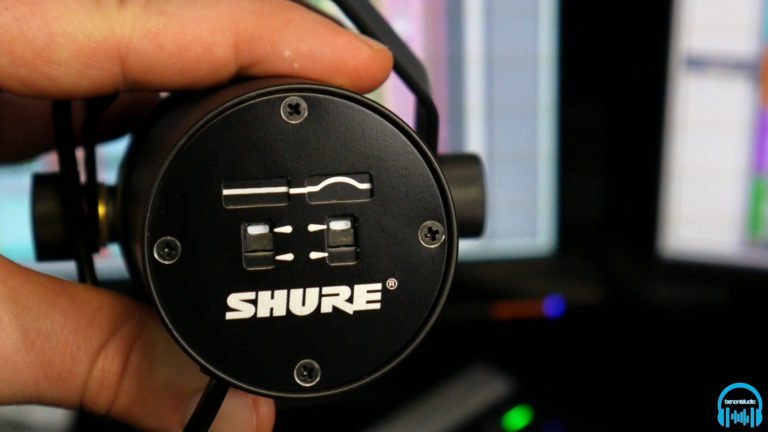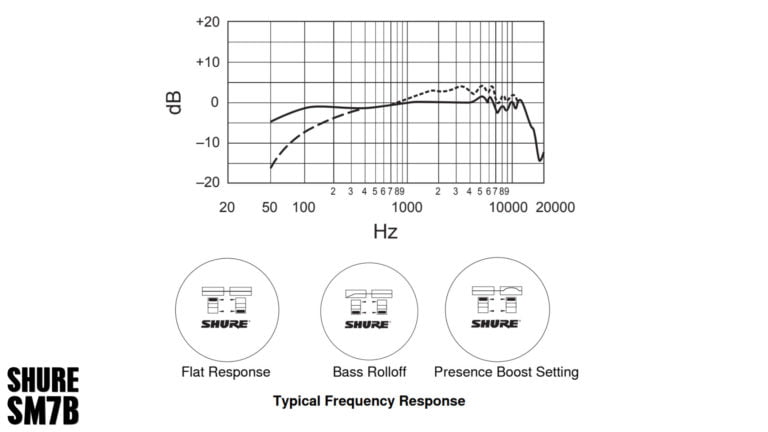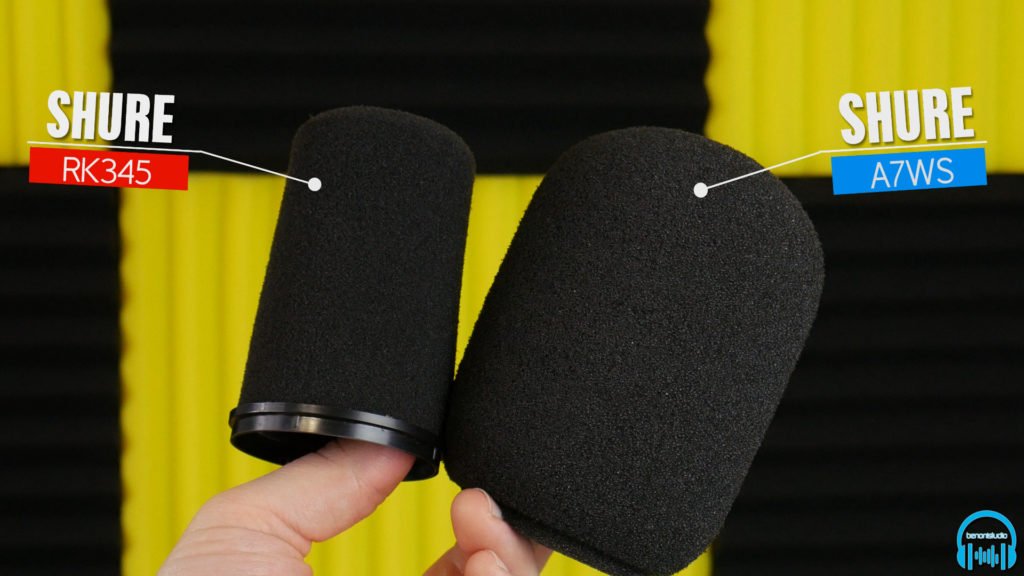SHURE SM7B REVEALED

In the video below we will look at everything that is included with the Shure SM7B, go over the specs, and do a full test of the Shure SM7B.
The SM7B comes with the microphone and yoke, two windscreens, adapter for the mount, Velcro strips to secure the A7WS windscreen, a cable tie, instruction manual, and a sticker.
The Shure SM7B is a dynamic microphone, so it does not require phantom power. It has a cardioid pickup pattern and a flat frequency response of 50Hz to 20kHz. It also includes a bass roll-off switch and mid/presence boost switch on the rear.







The SHURE SM7B includes two windscreens

This microphone requires A LOT of gain! And I mean A LOT! You will need a minimum of 60db of gain. Most audio interfaces will not have that much gain available in the included pre-amps, especially when we are talking about USB audio interfaces. Most USB audio interfaces have between 35 and 50db of gain, a few will have 60db.
However, even if your interface has 60db of gain, you probably would not want to drive the preamp that hard since it can induce noise. The audio interface I use in the video has 36db of input gain, so I will use a preamp for the test. You can use any kind of preamp that you want, but I will be using the Cloud Microphones Cloudlifter.
In the demo/test portion of the video (4:27) I will test everything.
I will test the flat response of the microphone, the bass roll-off, the presence boost, the standard windscreen (Shure RK345), and the thicker windscreen, the A7WS. We’ll also test the microphone without a windscreen on.
You will hear raw, unprocessed audio, and processed audio (EQ, Compression, Limiting, ect…)
You will learn everything about this microphone in this single video!
You will learn everything about the SHURE SM7B in this single video!




What’s the difference between the Shure SM57 & SM7B






More Awesome Stuff
WAVES ILLUGEN – AI SAMPLE GENERATOR
Elgato Wave Mic Arm PRO Low-Profile Mic Boom Arm – Better Than Joe Rogan’s Mic Arm!
iZotope Aurora – Smart, Self Mixing, Unmasking Reverb Plugin – Your NEW “GO-TO” Reverb